How to Optimize Training for Athletes Without Overworking: 6 Essential Steps
Are you struggling to find the right balance in your training routine to optimize athlete training without overworking?
As a life coach, I’ve seen many young professionals face this challenge. Excessive training hours can be counterproductive, leading to burnout and injuries. Balancing intensity and volume in workouts is crucial for long-term success.
In this article, you’ll discover how to optimize your training for better results without overworking. We’ll explore strategies like polarized training, monitoring recovery, and using wearable tech to avoid overworking. These techniques can help with monitoring training load and implementing effective athlete recovery strategies.
Let’s dive in.
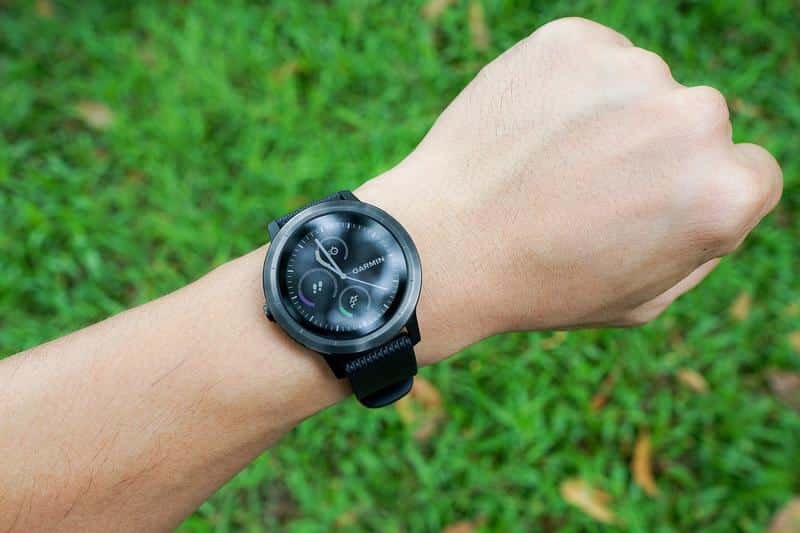
Understanding the Pitfalls of Overtraining
Many athletes fall into the trap of thinking more training hours equal better performance. However, this approach often leads to burnout, injuries, and plateauing performance. To optimize athlete training without overworking, it’s essential to understand these pitfalls.
In my experience, people often find that balancing training intensity and volume in workouts is crucial. Without this balance, you risk overtraining syndrome (OTS), which can severely impact both mental and physical health. Implementing effective athlete recovery strategies is key to preventing OTS.
Excessive training can cause chronic fatigue, reduced motivation, and increased injury risk. These issues are not just physical but also take a toll on your mental well-being. Proper nutrition for athletic performance and prioritizing sleep and athletic recovery can help mitigate these risks.
By focusing on a balanced training routine, you can avoid these common pitfalls and achieve better results. This approach includes periodization in sports training and monitoring training load to optimize athlete training without overworking.
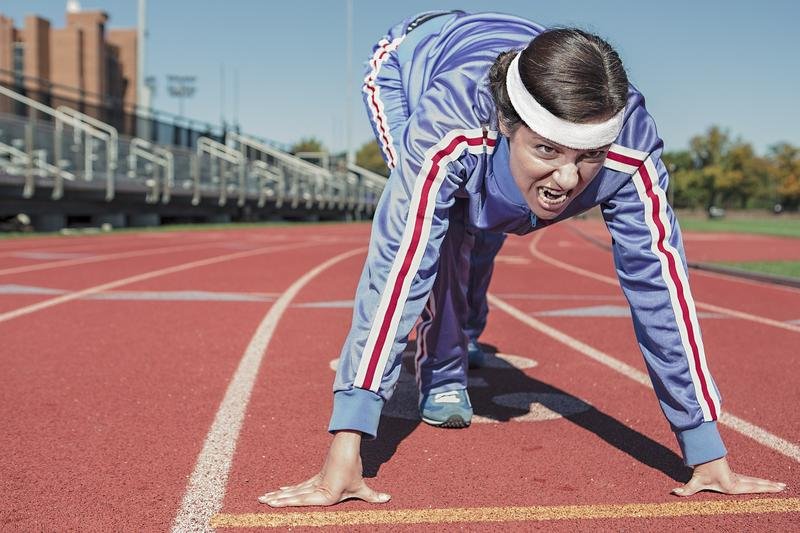
Key Steps to Optimize Athlete Training Without Overworking
Overcoming this challenge requires a few key steps. Here are the main areas to focus on to optimize athlete training without overworking:
- Implement polarized training approach: Balance low-intensity and high-intensity exercises for optimal performance and injury prevention.
- Monitor recovery with HRV and resting heart rate: Use wearables to adjust training load based on recovery metrics.
- Incorporate cross-training for balanced fitness: Diversify activities to avoid overworking specific muscle groups and enhance overall athletic performance.
- Set clear goals and periodize training plan: Define goals and structure training phases to track progress in personalized training programs.
- Prioritize sleep and nutrition for recovery: Ensure adequate sleep and proper nutrition for athletic performance to support training demands.
- Use wearable tech to track performance metrics: Gather and analyze data to optimize training adjustments and monitor training load.
Let’s dive in!
1: Implement polarized training approach
Using a polarized training approach can help optimize athlete training without overworking and improve overall performance.
Actionable Steps:
- Allocate 80-90% of your training time to low-intensity exercises (LiT). For example, schedule daily light jogs, swims, or brisk walks as part of your active rest in athletic training.
- Dedicate 10-20% of your training time to high-intensity training (HiT). Incorporate activities like sprints or HIIT sessions twice a week for balancing intensity and volume in workouts.
- Track your training intensity distribution (TID) using a training log or app to ensure you maintain the appropriate balance and assist in monitoring training load.
Explanation: balancing low and high-intensity exercises ensures you get the benefits of both without overworking your body. This approach can enhance performance and reduce injury risk, making it an effective injury prevention technique.
According to research, polarized training can be beneficial for athletes by optimizing training load and intensity, which is crucial for periodization in sports training.
Key benefits of polarized training include:
- Improved endurance and cardiovascular fitness
- Reduced risk of overtraining and burnout
- Enhanced recovery between high-intensity sessions, supporting athlete recovery strategies
This balanced method allows you to push your limits while ensuring recovery and progress, making it an essential component of personalized training programs.

2: Monitor recovery with HRV and resting heart rate
Monitoring recovery with HRV and resting heart rate is crucial to optimize athlete training without overworking. These metrics are key components of effective athlete recovery strategies.
Actionable Steps:
- Use wearable devices to measure HRV and resting heart rate daily. Record the data in a journal or app for monitoring training load.
- Adjust training intensity based on recovery metrics. Opt for lighter activities or active rest in athletic training if HRV is low and resting heart rate is elevated.
- Incorporate recovery strategies like foam rolling or yoga on days when metrics indicate poor recovery, as part of balancing intensity and volume in workouts.
Explanation: Monitoring these metrics helps ensure that your body is recovering adequately, preventing overtraining and supporting injury prevention techniques.
According to research, real-time data can guide safe and effective training adjustments, enhancing performance while reducing injury risks. This approach is crucial for periodization in sports training.
By paying attention to these metrics, you can fine-tune your training regimen for optimal results and optimize athlete training without overworking.
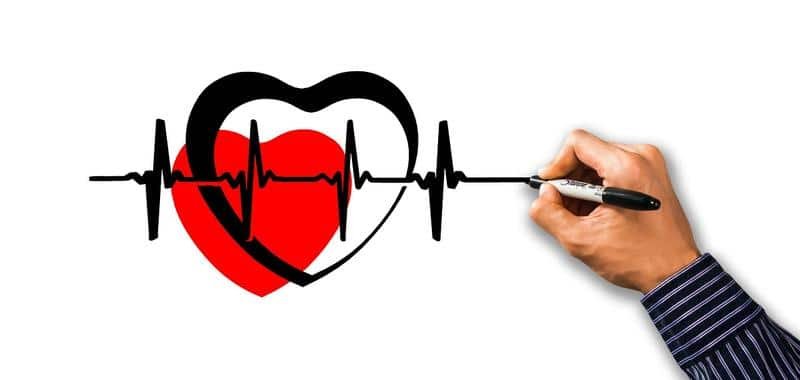
3: Incorporate cross-training for balanced fitness
Incorporating cross-training is crucial for balanced fitness and preventing overworking specific muscle groups, which is key to optimize athlete training without overworking.
Actionable Steps:
- Schedule diverse activities: Plan weekly sessions of swimming, cycling, or yoga to vary your exercises and work different muscle groups, enhancing cross-training for athletes.
- Join a cross-training class or group: Engage with others to stay motivated and accountable, making the process more enjoyable and consistent while balancing intensity and volume in workouts.
- Monitor progress with fitness assessments: Regularly assess your performance improvements and any reduction in injury occurrence to track the effectiveness of cross-training and monitor training load.
Explanation: Incorporating cross-training helps you achieve a well-rounded fitness routine. It can prevent overuse injuries and enhance overall performance, serving as an effective injury prevention technique.
According to research, mixing activities can improve endurance, build different muscles, and reduce injury risk. By diversifying your training, you’ll maintain a balanced and effective workout regimen, which is essential to optimize athlete training without overworking.
This approach ensures your body stays strong and resilient, preparing you for various challenges and supporting athlete recovery strategies.
4: Set clear goals and periodize training plan
Setting clear goals and periodizing your training plan is essential for maximizing progress and avoiding overworking, helping to optimize athlete training without overworking.
Actionable Steps:
- Define specific, measurable goals: Outline clear objectives for each training phase, such as improving VO2 max or increasing strength by a certain percentage, as part of personalized training programs.
- Create a periodized training plan: Design a structured plan with distinct phases like base building, peak, and taper to ensure continuous progress and adaptation, incorporating periodization in sports training.
- Regularly review and adjust: Assess your progress every few weeks and make necessary adjustments to your training plan based on feedback and performance metrics, focusing on balancing intensity and volume in workouts.
Explanation: Setting specific goals and periodizing your training helps maintain focus and ensures steady progress while monitoring training load.
According to research from NASM, periodization is crucial for optimizing biomotor abilities and preventing plateau.
By regularly reviewing and adjusting your plan, you stay on track and avoid the pitfalls of overtraining, incorporating athlete recovery strategies.
Key components of effective goal setting include:
- Specificity: Clear, measurable objectives
- Time-bound: Set deadlines for achieving goals
- Flexibility: Allow for adjustments based on progress
This structured approach will guide you in achieving your athletic goals efficiently, optimizing athlete training without overworking.

5: Prioritize sleep and nutrition for recovery
Prioritizing sleep and nutrition is essential for optimizing your training and ensuring proper recovery, which is crucial to optimize athlete training without overworking.
Actionable Steps:
- Aim for 7-9 hours of sleep nightly: Use sleep tracking tools to monitor your patterns and adjust your routine for better rest, enhancing sleep and athletic recovery.
- Develop a balanced nutrition plan: Focus on macronutrient intake that supports your training demands, including proteins, carbs, and fats, essential for nutrition for athletic performance.
- Stay hydrated and consider nutrient timing: Ensure you drink enough water and consume protein-rich foods post-workout to enhance recovery, a key aspect of athlete recovery strategies.
Explanation: Proper sleep and nutrition are vital components of effective recovery and peak performance when aiming to optimize athlete training without overworking.
According to research, maintaining a healthy, balanced lifestyle helps optimize training outcomes and minimize injury risks.
By giving your body the rest and nutrients it needs, you can achieve sustainable progress and avoid burnout, which is crucial for balancing intensity and volume in workouts.
These steps ensure your body recovers and performs at its best, setting you up for long-term success in your athletic training.

6: Use wearable tech to track performance metrics
Using wearable tech to track performance metrics can greatly enhance your training efficiency and effectiveness, helping to optimize athlete training without overworking.
Actionable Steps:
- Invest in wearable tech: Purchase devices like GPS sensors or smart clothing to gather real-time data on your workouts and monitor training load.
- Analyze data regularly: Use apps to review performance metrics and identify trends that can inform your training adjustments and periodization in sports training.
- Integrate with training software: Utilize apps that sync with your wearables to streamline data collection and analysis for personalized training programs.
Explanation: These steps help you make informed decisions about your training regimen. According to research, real-time data can guide safe and effective training adjustments.
By leveraging wearable tech, you can monitor your progress and ensure that you’re balancing intensity and volume in workouts without overworking.
Key metrics to track with wearable tech:
- Heart rate variability (HRV)
- Sleep quality and duration for athletic recovery
- Daily activity levels and step count
This approach allows you to stay on top of your performance metrics and make data-driven improvements to your training, supporting athlete recovery strategies and injury prevention techniques.

Partner with Alleo on Your Training Optimization Journey
We’ve explored the challenges of optimizing athlete training without overworking. But did you know you can work directly with Alleo to make this journey easier and faster?
Alleo provides affordable, tailored coaching support, just like a human coach, with full coaching sessions and a free 14-day trial. No credit card is required. Our approach includes personalized training programs and strategies for balancing intensity and volume in workouts.
Setting up an account is simple. Create a personalized plan with Alleo’s AI coach to overcome specific challenges, including athlete recovery strategies and monitoring training load.
The coach will follow up on your progress, handle changes, and keep you accountable via text and push notifications. We’ll help you incorporate essential elements like nutrition for athletic performance and sleep and athletic recovery.
Ready to get started for free and optimize your athlete training without overworking?
Let me show you how!
Step 1: Log In or Create Your Account
To begin optimizing your training with Alleo’s AI coach, log in to your existing account or create a new one in just a few clicks.

Step 2: Choose “Building better habits and routines”
Select “Building better habits and routines” to create a structured approach for optimizing your training regimen, helping you avoid overworking while achieving consistent progress in your fitness journey.

Step 3: Select “Health” as Your Focus Area
Choose “Health” as your focus area to optimize your training routine, prevent overworking, and achieve a balanced approach to fitness that aligns with the strategies discussed in the article.

Step 4: Starting a Coaching Session
Begin your journey with Alleo by scheduling an intake session, where you’ll discuss your training goals and create a personalized plan to optimize your workouts without overworking.

Step 5: Viewing and managing goals after the session
After your coaching session, check the app’s home page to review and manage the goals you discussed, allowing you to track your progress and stay aligned with your optimized training plan.
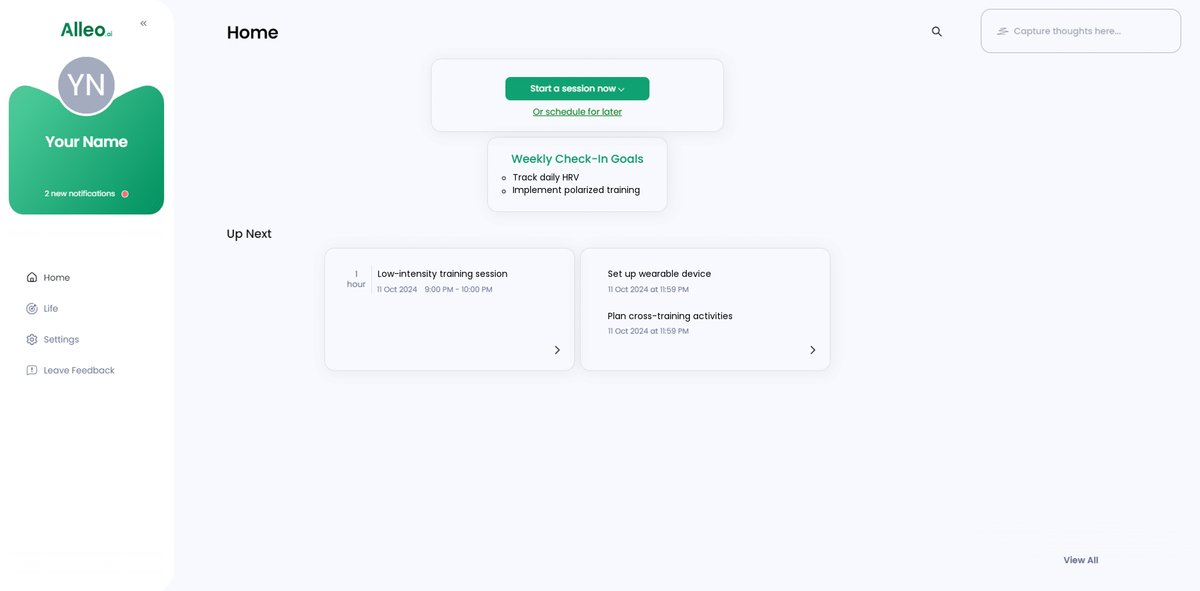
Step 6: Adding events to your calendar or app
Easily track your progress by adding training sessions, recovery activities, and performance milestones to the Alleo app’s calendar and task features, ensuring you stay on top of your optimized training schedule without overworking.
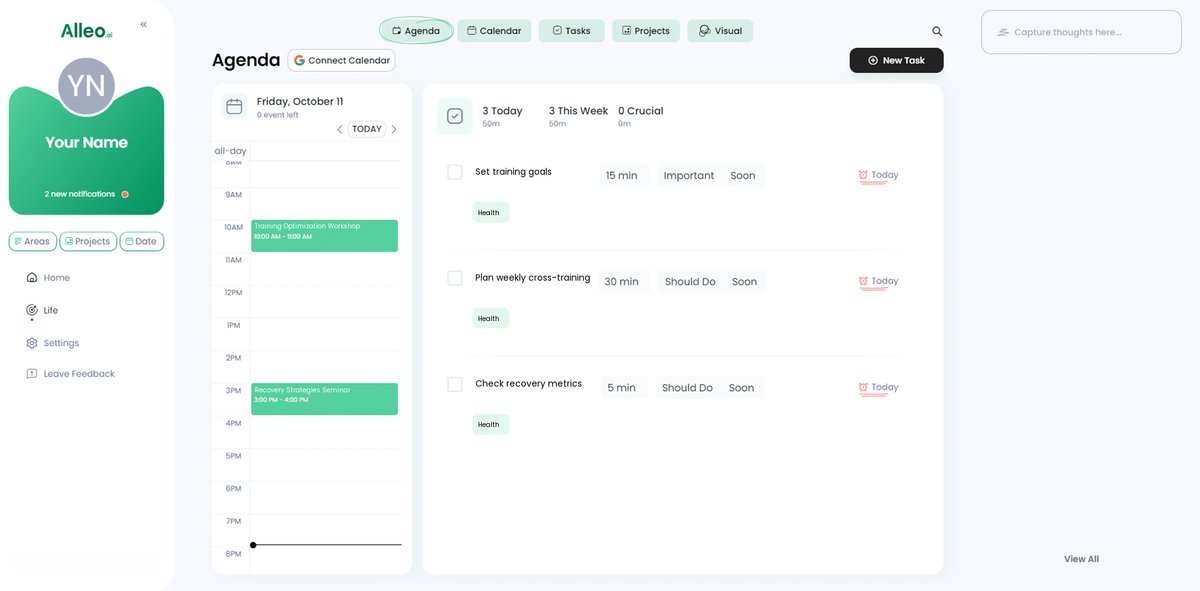
Wrapping Up Your Training Optimization Journey
You now have the tools to optimize athlete training without overworking. Balancing intensity and recovery is key to avoiding burnout and injuries while implementing effective athlete recovery strategies.
Remember, it’s about quality over quantity. Implementing strategies like polarized training, monitoring training load, and cross-training for athletes can make a huge difference in your athletic performance.
These steps ensure you stay on track and make consistent progress in your personalized training programs.
I know it can be challenging to balance intensity and volume in workouts, but you’re not alone.
Alleo is here to help you every step of the way in optimizing your training without overworking.
Give it a try and see the benefits for yourself. Start your free trial today and take control of your training journey, focusing on nutrition for athletic performance and sleep for athletic recovery.